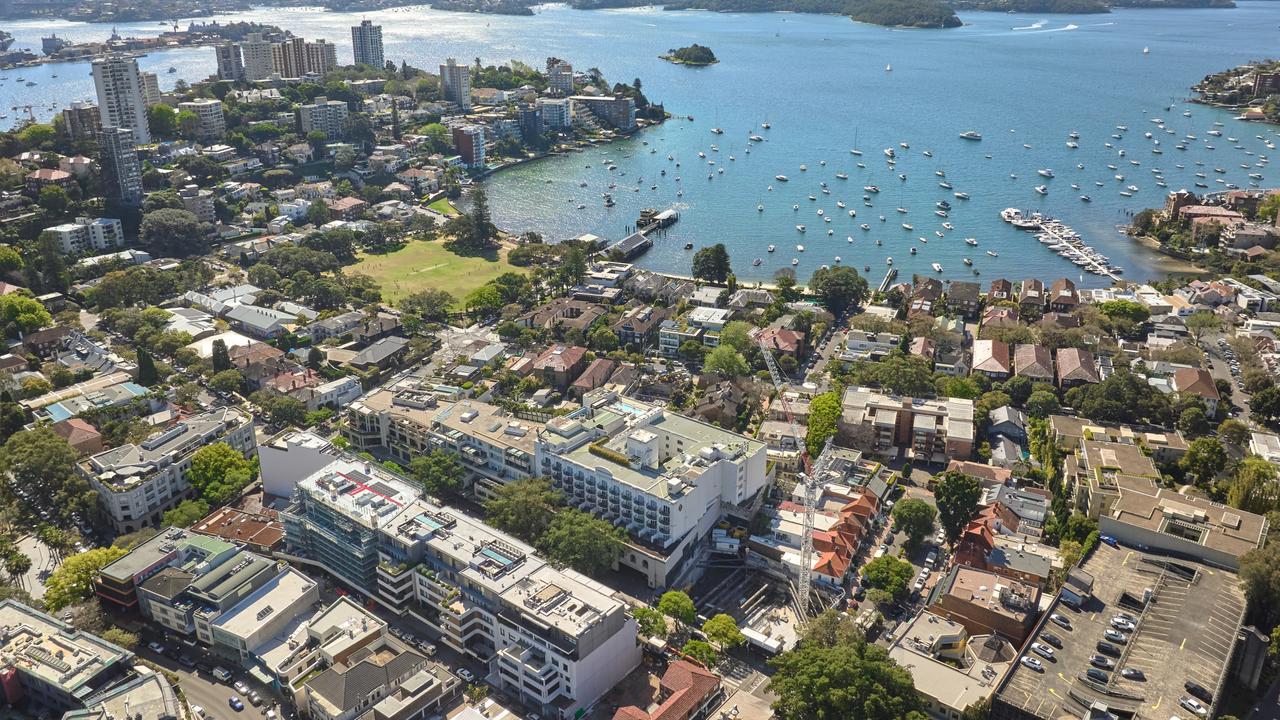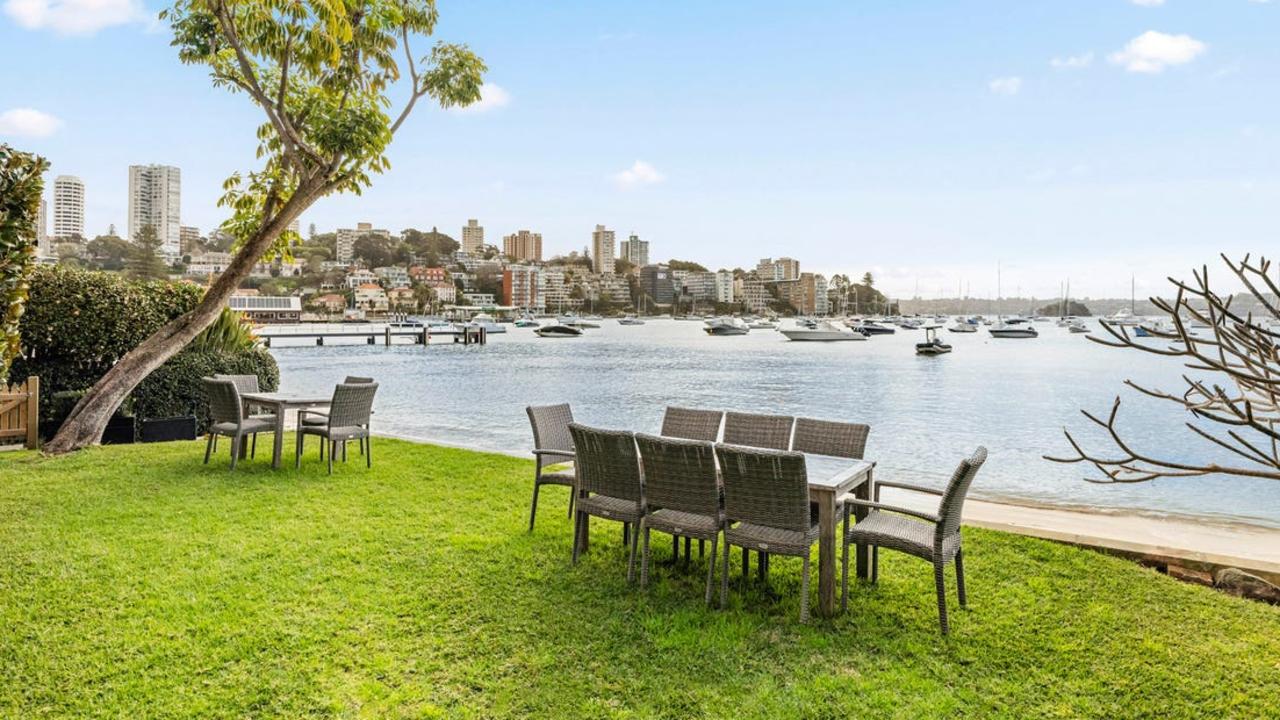Unlocking the professional formula for long-term investment property success
Professional investors focus on this key metric, and so should you. Learn how to make your investments work better for you.

Business
Don't miss out on the headlines from Business. Followed categories will be added to My News.
Many property investors try to maximise investment returns by finding the right balance between rental income and capital growth. While the lure of higher rental income can be tempting, it’s capital growth — specifically, the power of compounding over decades — which plays the biggest role in long-term wealth creation.
However, what’s crucial for investors to understand is how a property’s cashflow and capital growth interact, as this directly impacts what’s known as the investment’s internal rate of return (IRR).
The IRR is a way to measure the return an investor earns, or is projected to earn, on the capital in which they invest. It gives you a clearer picture of how well your investment is performing based on the money you have contributed. This is important to know, so you can allocate your capital and cashflow towards the highest-returning investments.
To calculate an IRR on your property there are two key inputs: how much you will invest, and the return you will receive.
Most investors borrow the entire cost of a property acquisition, including stamp duties, by using equity in existing property as collateral for their loan. This means they do not invest any of their own capital upfront.
Investors only begin investing their own capital when they must meet the ongoing holding costs, as the rental income generally does not fully cover expenses like loan interest. For instance, if a property’s annual holding costs total $20,000 after tax, an investor may end up contributing $400,000 over 20 years just to maintain the asset.
Investment returns come from two potential sources: first, net income, if the property eventually covers all expenses and, second, net proceeds when the property is sold after deducting taxes, selling costs, and loan repayments from the sales price.
When deciding between prioritising income or growth, it’s vital to examine how various properties with different income and growth rates perform.
For example, consider several theoretical property investments all generating a total return of 9 per cent per year, but with varying combinations of rental yield and growth. A property with a 1.5 per cent rental yield and 7.5 per cent capital growth achieves a slightly lower after-tax IRR of 10.5 per cent than a property with a 6 per cent yield and 3 per cent growth (11 per cent IRR).
However, always aim for balance between income and growth: keep in mind a property with a 3.5 per cent rental yield and 5.5 per cent capital growth achieves a lower IRR of 9.6 per cent.
While the higher-yield property may seem attractive, the lower capital growth rate generates substantially less wealth.
The high-growth property with an IRR of 10.5 per cent is forecast to realise a cash return of $2.8m in today’s dollars if the property is sold after 30 years after paying capital gains tax, selling costs and after repayment of the loan. This is substantially more than the high-income, low-growth property with an IRR of 11 per cent, which would realise only $520,000.
Therefore, an investor would need to hold 5½ high-income, low-growth properties to generate the same amount of wealth as one high-growth property. Ironically, the holding costs for the 5½ high-income, low-growth properties would be substantially more.
To maximise a property’s IRR and the future wealth it creates, investors should follow a two-step process.
First, at acquisition stage, the investor must prioritise buying property with strong growth potential because it’s hard to change a property’s capital growth prospects after you buy it. This typically means investing where land supply is finite and in locations which enjoy strong, multifaceted demand. Consider locations where the financial capacity of typical buyers is not solely tied to their household income — locations where buyers may have additional sources of wealth, such as business profits or inheritances. Well-established, blue-chip suburbs in capital cities are good example.
Second, after purchasing the property, focus on reducing after-tax holding costs. These include interest on loans, property management fees, insurance, maintenance, and negative gearing benefits. Undertaking minor renovations to increase rental income, refinancing loans to lower interest rates, and claiming tax benefits such as depreciation can help reduce expenses.
The key is to lower ongoing costs without compromising the asset’s growth potential. This will maximise IRR.

Property spruikers often dangle the carrot of high rental yields and recent capital growth in a “hotspot”. However, it is vital to focus on long-term future returns. What could the property be worth in 30 years? With a growth rate of 7.2 per cent, a property will be worth six times its original value after 30 years.
This is how significant wealth is built. While short-term growth may be enticing, the sustainability of capital growth over several decades is more important.
Ultimately, the most successful property investment strategy combines a strong focus on capital growth with a proactive approach to reducing holding costs. By selecting high-growth properties in desirable locations and continually minimising holding costs, investors can maximise their IRR and build substantial wealth.
Stuart Wemyss is holistic adviser and host of the weekly podcast Investopoly.
More Coverage
Originally published as Unlocking the professional formula for long-term investment property success








